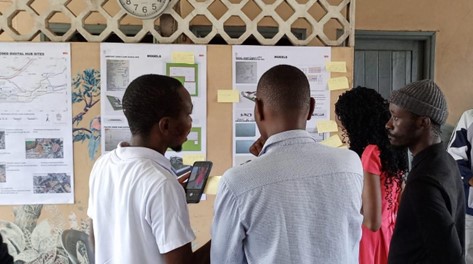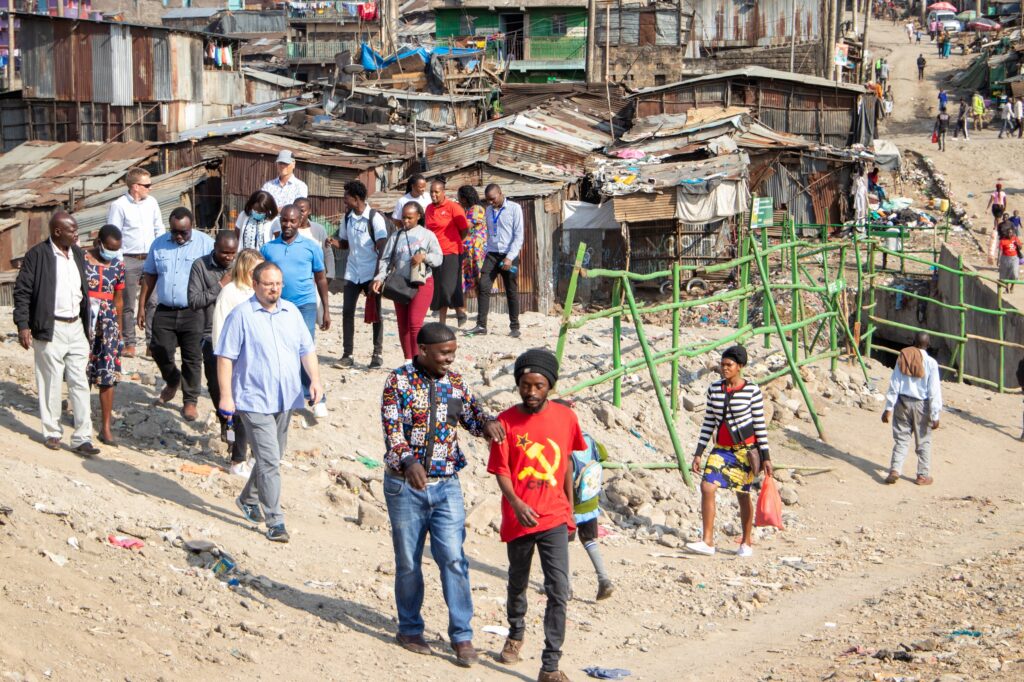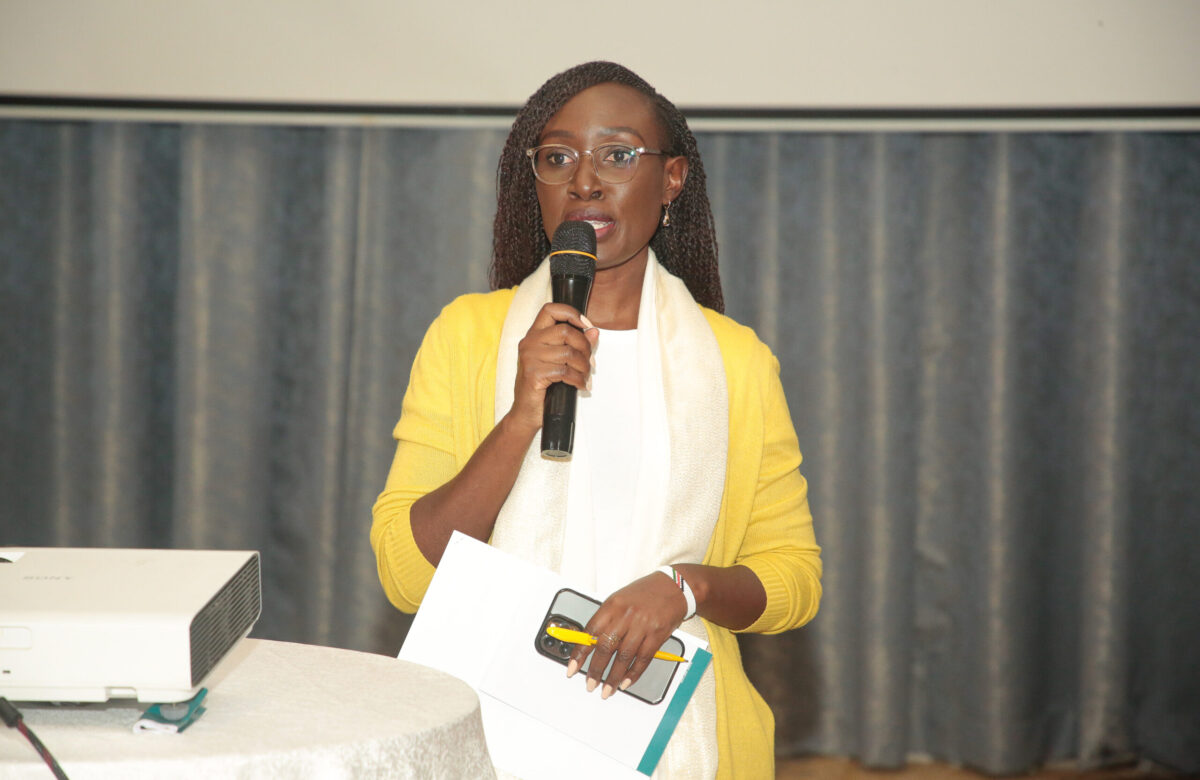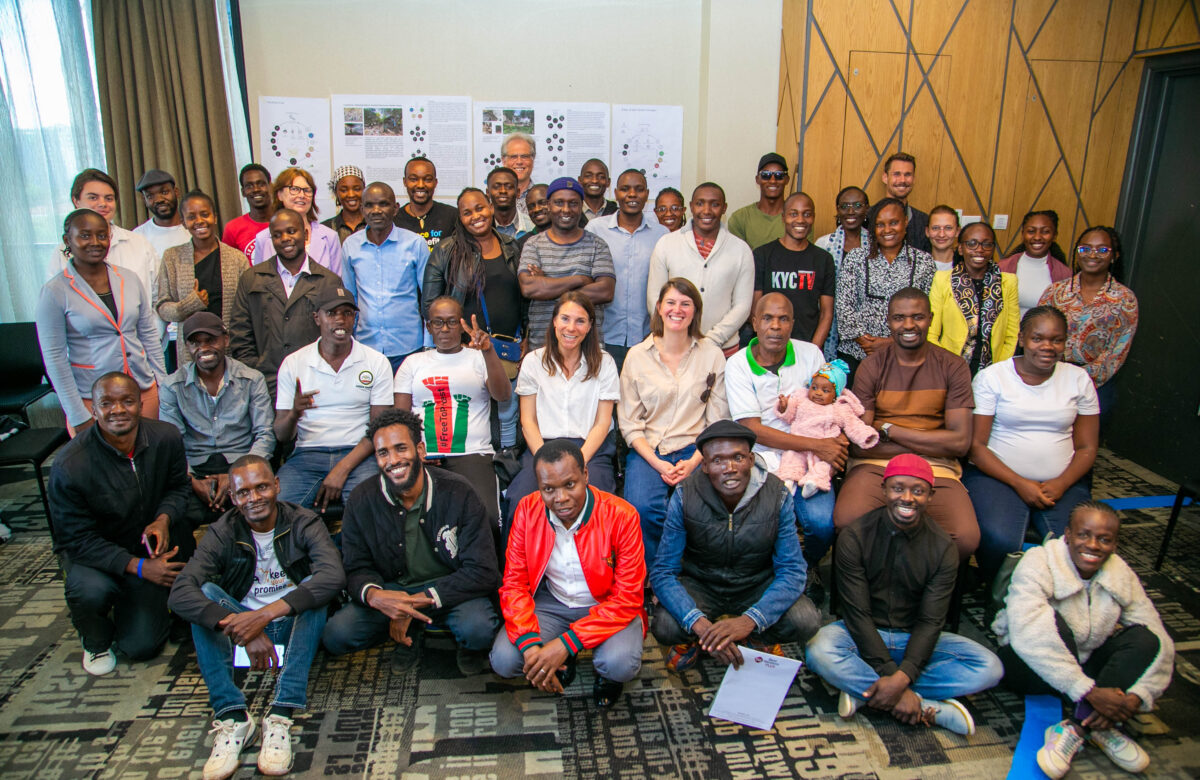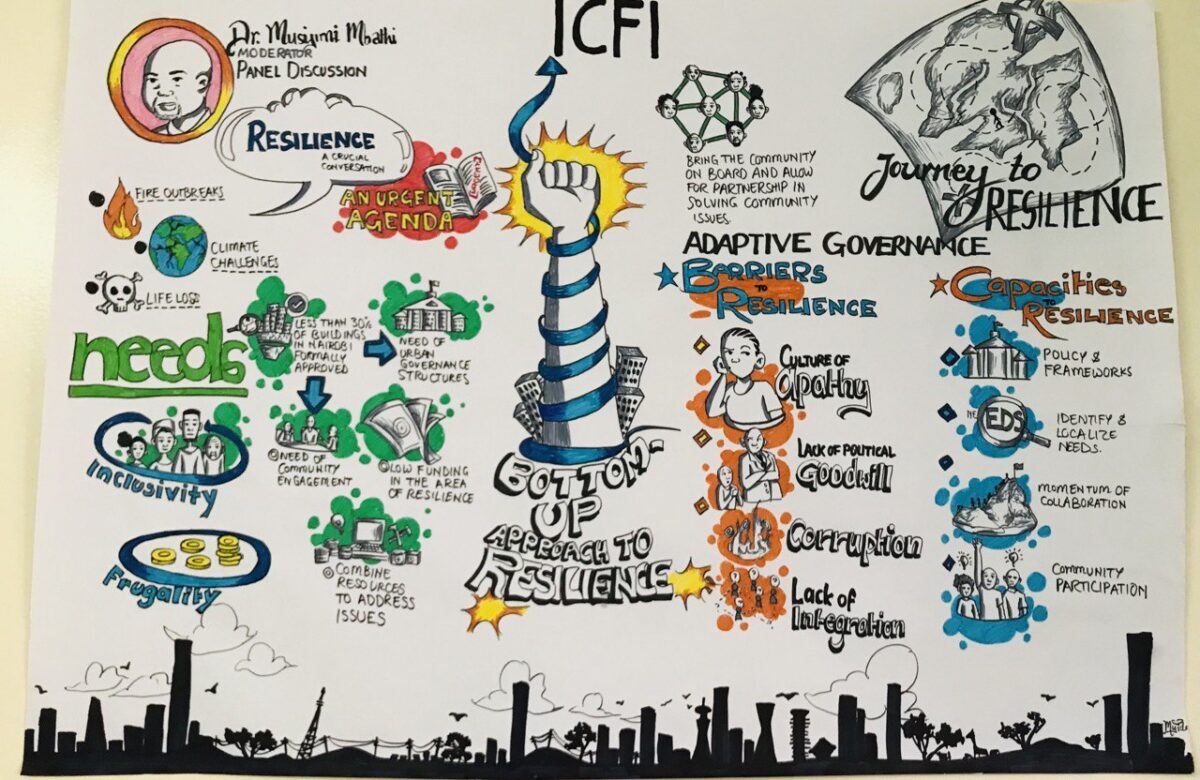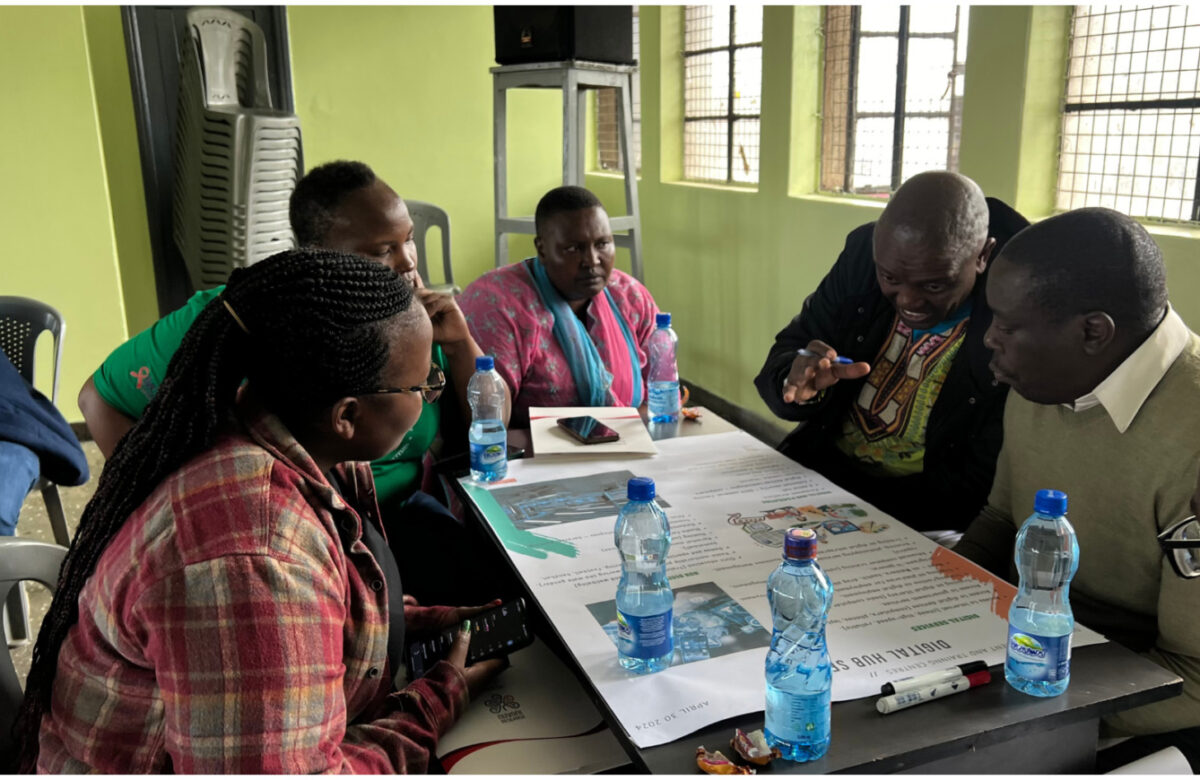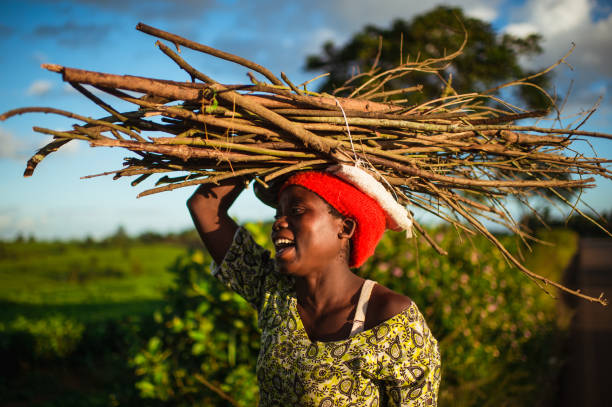Story by:, Diana Mwau
Introduction
We are pleased to share the final outputs from our project, “The Nairobi River as a Driver for Circular Communities,” which you were a valuable part of. Your participation, whether through community engagement, data sharing, or collaborative dialogue, was crucial in helping us explore how circularity can shape inclusive urban futures along Nairobi’s River corridors.
The outputs include:
Multistakeholder workshop report
This report provides a clear and accessible overview of the multi-stakeholder workshop that was held on 28th of March 2025 in Nairobi. The aim of the workshop was to demonstrate multiple value creation by local community-based initiatives, map the values of circular and regenerative resource systems in the Nairobi riparian river landscape, co-create interventions centered around the 4 initiatives that enhance the circular and regenerative character of the social-ecological riparian river landscape.
Documentary
Highlights the 4 initiatives: Lackysummer Environmental and Waste Management Organisation, Tempo Arts Centre, Youthprinua, and Easy Urban Green Growers.
Click this link to see how youth groups are using circularity to transform spaces along Nairobi River.
CVF Analysis
This video shows the application of the Circular Value Flower Method to see how Circular initiatives bring multiple values along the Nairobi Rivers.
Workshop Photos
Get the sneak peak of the multistakeholder workshop.
We invite you to read, share, and reflect on the work. Please don’t hesitate to reach out if you have feedback, questions, or ideas for future work.
This project is funded by LDE Global and is a collaboration of Institute of Cultural Anthropology and Development Sociology | Leiden University, Faculty of Architecture and the Built Environment, TU Delft, IHS, Institute for Housing and Urban Development Studies of Erasmus University Rotterdam, Nuvoni Research, Circular Community Foundation, Delft Centre for Entrepreneurship (DCE) and TU Delft | Technology, Policy and Management.
Let’s continue building inclusive, sustainable solutions together!
Related News
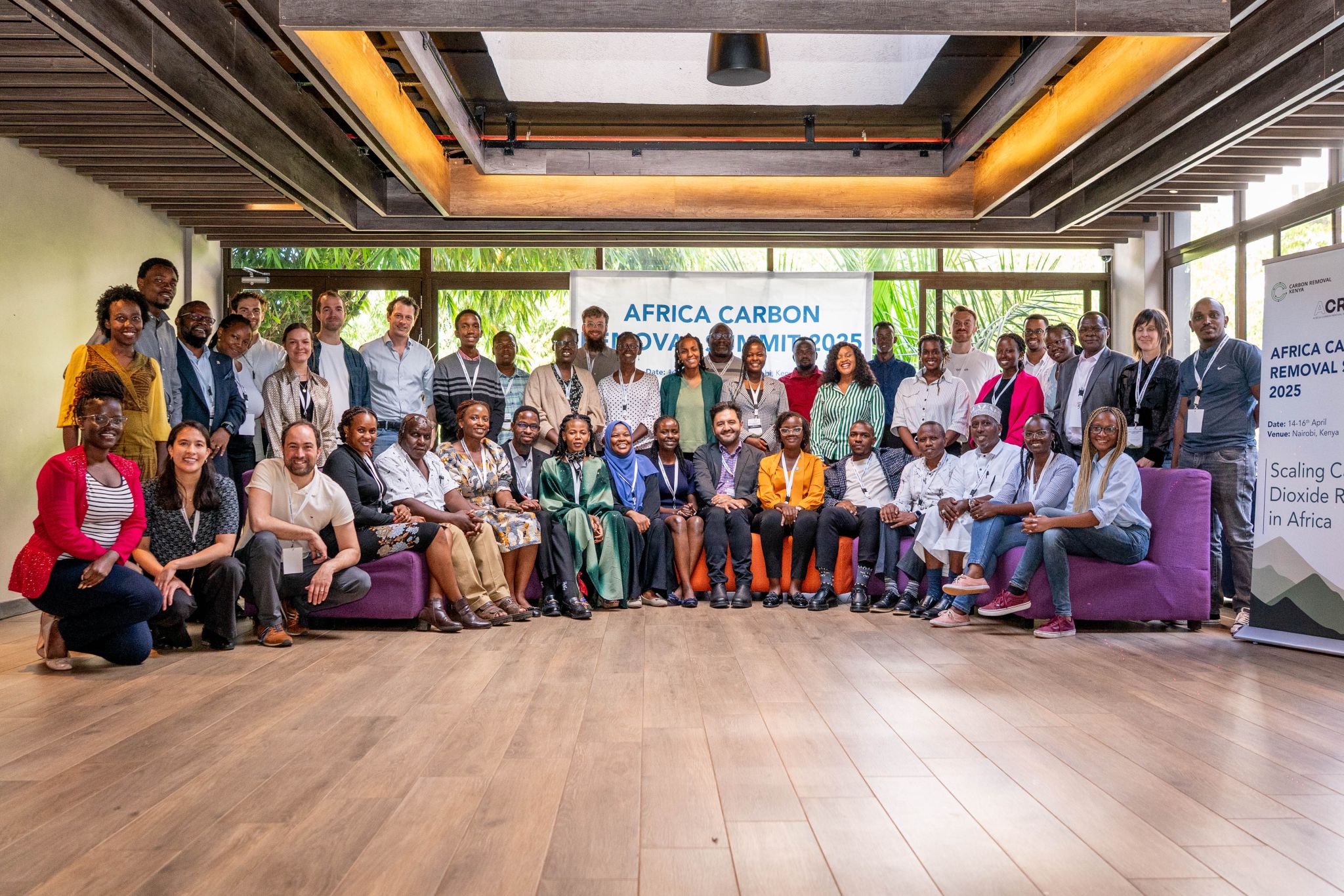
Introduction
The adverse impacts of climate change seem to be ramping up. These effects are more exacerbated in developing countries where most economies are reliant on the agricultural sector, leaving them exposed to the ravaging effects of extreme weather patterns, water scarcity and soil degradation, which have led to reduced productivity. One of the emerging climate mitigation efforts is the deployment of Carbon Dioxide Removal (CDR) technologies, which are both nature-based and technology-based solutions. Nature-based solutions include approaches such as afforestation, reforestation, rangeland management, coastal ecosystems restoration, wetland restoration, revegetation, improved forest management, etc. Examples of technology-based solutions include biochar, direct air capture (DAC), Enhanced Rock Weathering (ERW), ocean alkalinity, and bioenergy carbon capture and storage (BECSS), among others. These techniques, once fully implemented, will help to mitigate the global warming menace and its impact on the environment. It therefore could be argued that carbon removal has the potential to simultaneously mitigate climate change, to consequently improve the livelihoods of communities that depend on agriculture and generate revenue for developers and other actors through carbon credit sales and other associated value chains.
While some experts argue that the potential benefits of CDR in sub-Saharan Africa (SSA) are high, there is limited local knowledge and experience with developing CDR projects compared to more developed nations.
Kenya has been at the forefront of CDR activity in the region with a relatively substantial number of carbon projects registered under the main carbon registries such as Verra and Gold Standard. Kenya has also been at the forefront of engaging in novel CDR technologies within the SSA region through startups such as Octavia Carbon and Belgian based Sirona Technologies for DAC, Flux Carbon for ERW and many biochar-focused startups. It is with the backdrop of such an active CDR ecosystem that Nairobi was a logical place to host the inaugural Africa Carbon Removal Summit in April 2025
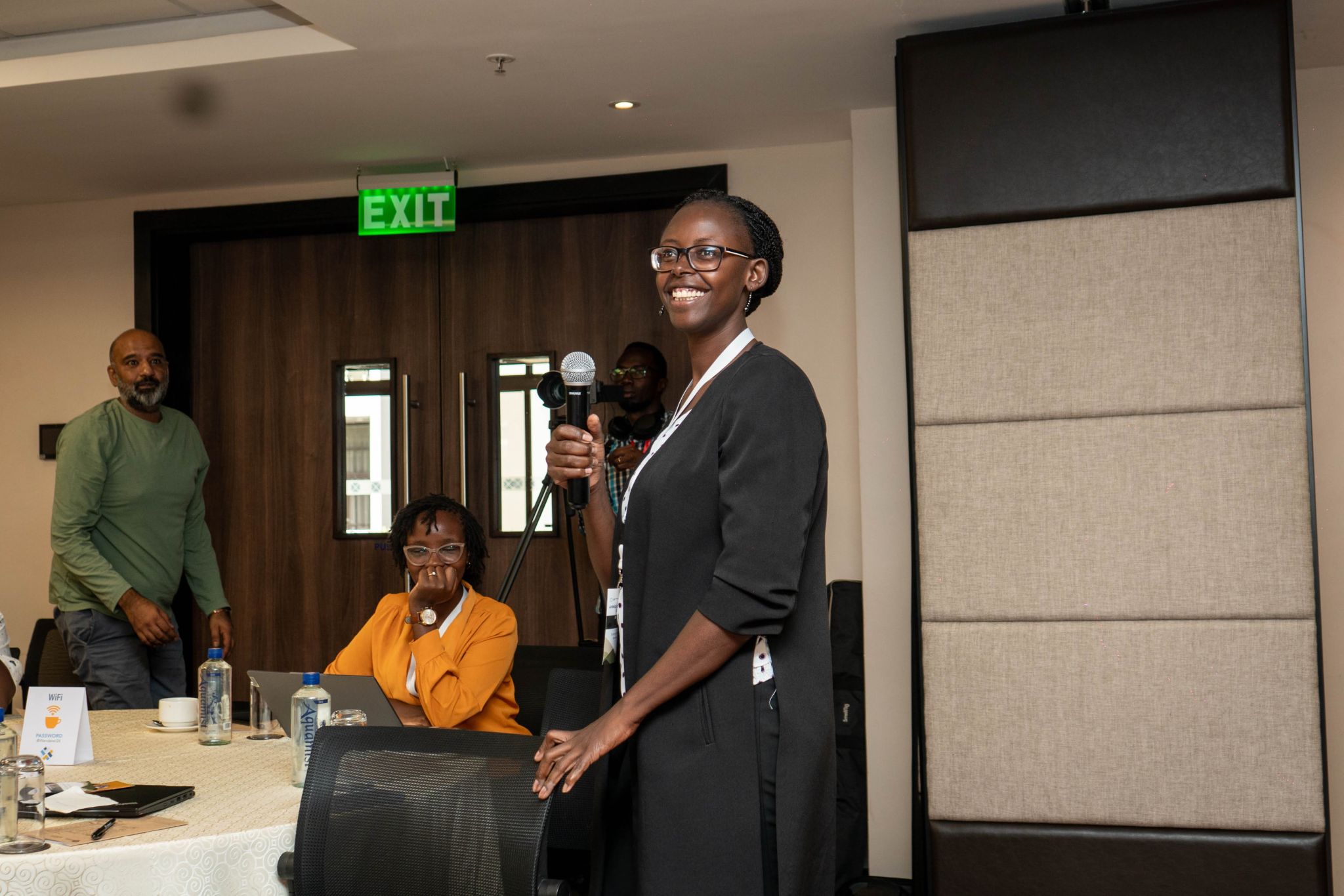
The event was a coming together of representatives from the government, parastatals, private sector enterprises, academic institutions, carbon market investors and research organisations. The main objective of the summit was to bring together key actors within the ecosystem to take stock of recent developments in CDR in SSA, discuss solutions to the challenges being faced by CDR enterprises within the sector, and explore the available pathways to realise the potential of these activities. Discussions covered issues surrounding public awareness of CDR, policy and governance of CDR in SSA, the deployment potential of various CDR technologies in SSA, navigating carbon markets and project financing, among others. The event was hosted by Carbon Removal Kenya, Africa Carbon Removal Accelerator (ACRA), in collaboration with the Office of Kenya’s Special Envoy for Climate, the Ocean Innovation Hub Kenya, Heriot-Watt University and the University of Pennsylvania. ACRA, the first CDR accelerator programme in SSA, is organised by remove, in collaboration with ETH Zurich, Nuvoni Centre for Innovation Research and Strathmore University, under a project funded by the Swiss Agency for Development and Cooperation and the Swiss National Science Foundation SNSF.
The summit was held for three days: the first day’s keynotes and panel discussions culminating with a documentary film dubbed Legion 44 that focused on the rise of CDR innovators, an intensive stakeholder workshop on the second day and site visits on the third day to Cella and Octavia Carbon—two CDR companies situated on the geothermal-rich Kenyan Rift Valley. The summit also served as a launchpad for Carbon Removal Kenya, a group that brings together various actors within the ecosystem—initially composed of the key startups in the space—to advocate for CDR. Additionally, ACRA announced the first cohort of participants in its accelerator.
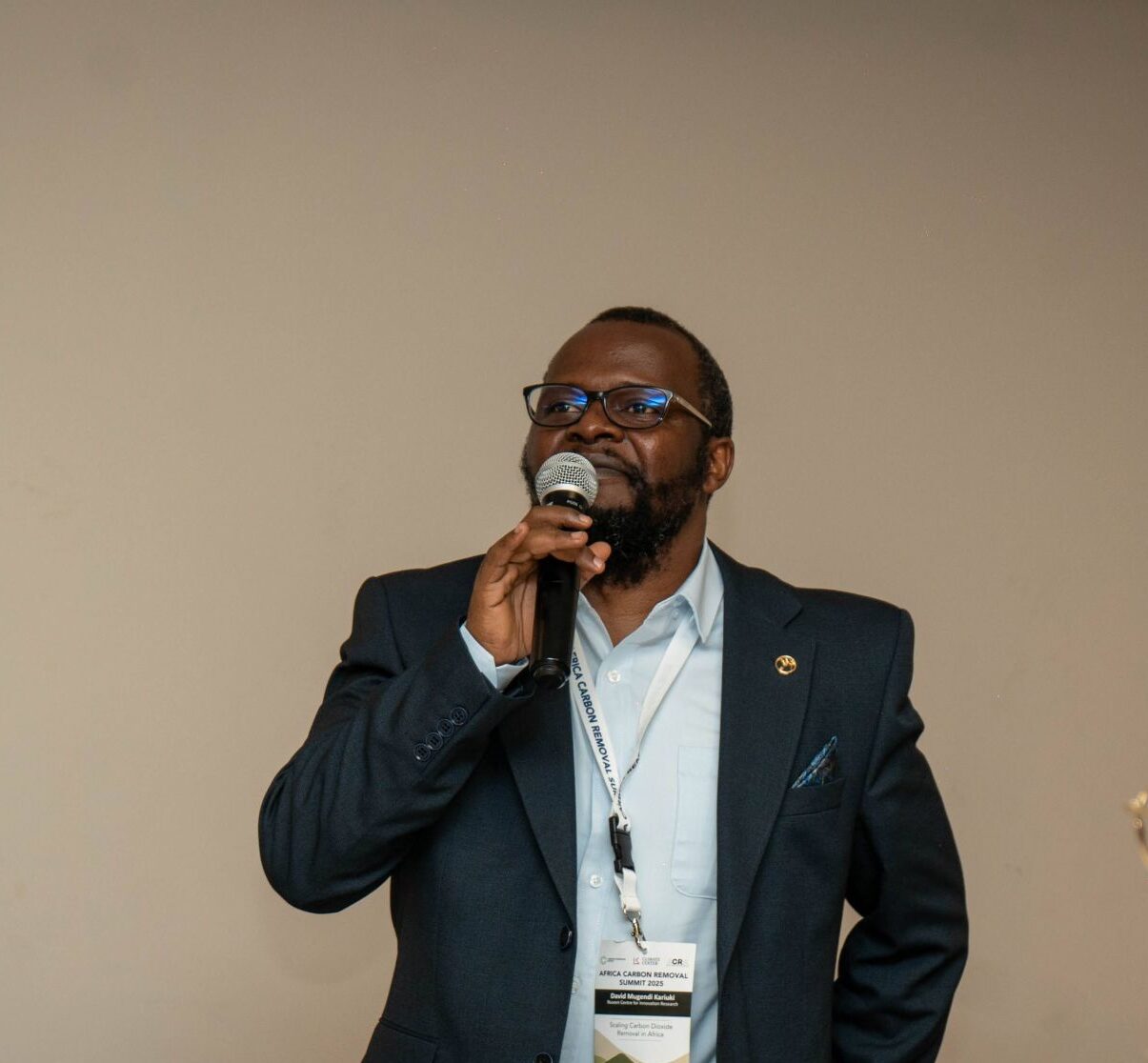
The event provided a platform for engaging and insightful discussions, and the following were some of the highlights. First, participants agreed that there is a lack of public awareness of carbon removal techniques, particularly ‘durable’ CDR, and their co-benefits, and the awareness gap extends to the government. In this regard, all stakeholders, especially CDR startups that interface directly with communities on the ground, could find a way to tell a story of the co-benefits of these activities. Startup founders and developers tend to focus on the technicalities behind their activities using terminologies that bypass the layman. Presenting CDR information in forms that are familiar to the audience would demystify the technologies and related ecosystem.
There are significant gaps in terms of policy infrastructure to support and incentivise CDR projects in SSA countries, including Kenya. Founders of CDR startups mentioned that the lack of targeted policies and regulations stalled efforts to scale, while failing to protect their smaller-scale facilities from financial and social obligations similar to mega companies. For example, African CDR startups seem to fight challenges such as high financing costs due to higher perceived risk and limited access to manufacturing & testing facilities foreign startups while those in the Global North often benefit from subsidies and other forms of governmental support. Stakeholders also noted that the development of an adequate policy framework for CDR may be a lot more complex than for other activities. As a representative from Kenya’s Office of the Special Envoy on Climate pointed out, CDR entrepreneurship feeds into different sectors of the economy and, therefore, various ministries within government. Thus, there is a need for coordination for policy development across ministries.
CDR startups in SSA may have a greater opportunity to impact communities and gain from the carbon market due to the niche nature of their projects. However, even with their high potential, the entry requirements into the carbon market are a significant barrier. Similarly, financial resources for project development are an enduring challenge. The dearth of research and development within the ecosystem also curtails the informed decisions of startups. For example, as one of the biochar startups explained, there is a lack of standardisation of the amount and frequency of application of biochar as a soil enhancer, unlike inorganic fertilisers where there is extensive research leading to harmonized standardization. Startups also face the issue of social acceptance, as certain interventions, e.g. ERW do not align with local cultural practices that place cultural value on the rocks used.
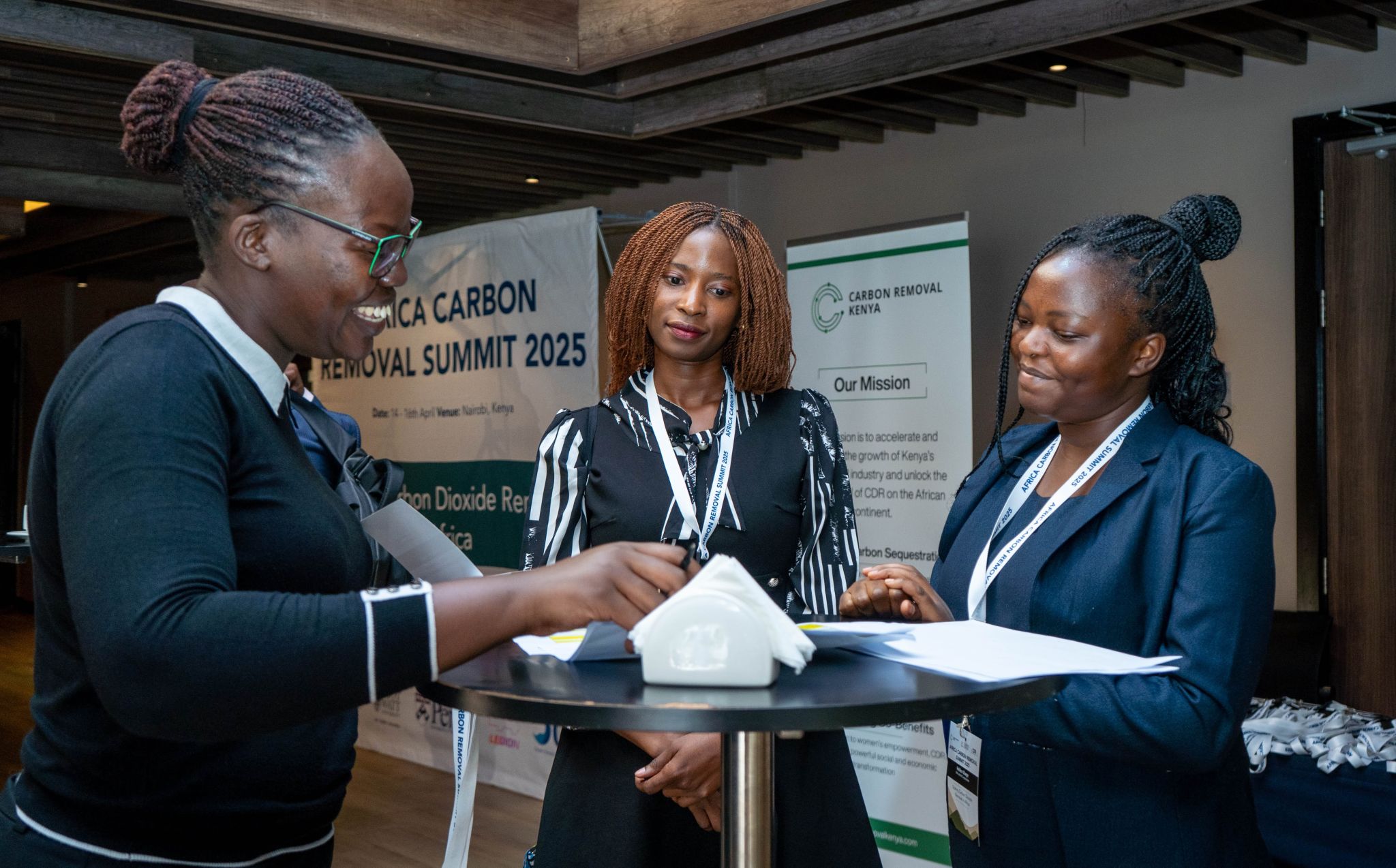
The summit provided a glimpse of the various actors of the ecosystem and more importantly their opportunities, challenges and tentative solutions. In sum, SSA has significant untapped potential in terms of policy infrastructure, public awareness, carbon removal project development, carbon market participation and increased R&D within the CDR ecosystem. Even so, Kenya, as an exemplar in the region, has managed to gain momentum in terms of CDR projects and startups and could serve as a motif that could be customised in countries with similar economic and social circumstances. With the right policy support, funding, cooperation, and knowledge exchange with more developed CDR ecosystems, the region could make substantial progress in the coming years.
Story by:, Stella Khaoya
Related News
Physical Address
No. MK088, Ushindi West Avenue,
Mukuyu Rd (Mukuyu West Wing), Thome 1
Nairobi, Kenya
Organization
Subscribe for newsletter & get news, events and publications updates
Contact Us
Office Tel: (+254) 20 8009928 |
Mobile: (+254) 706 324 467
© 2025 Nuvoni Research



